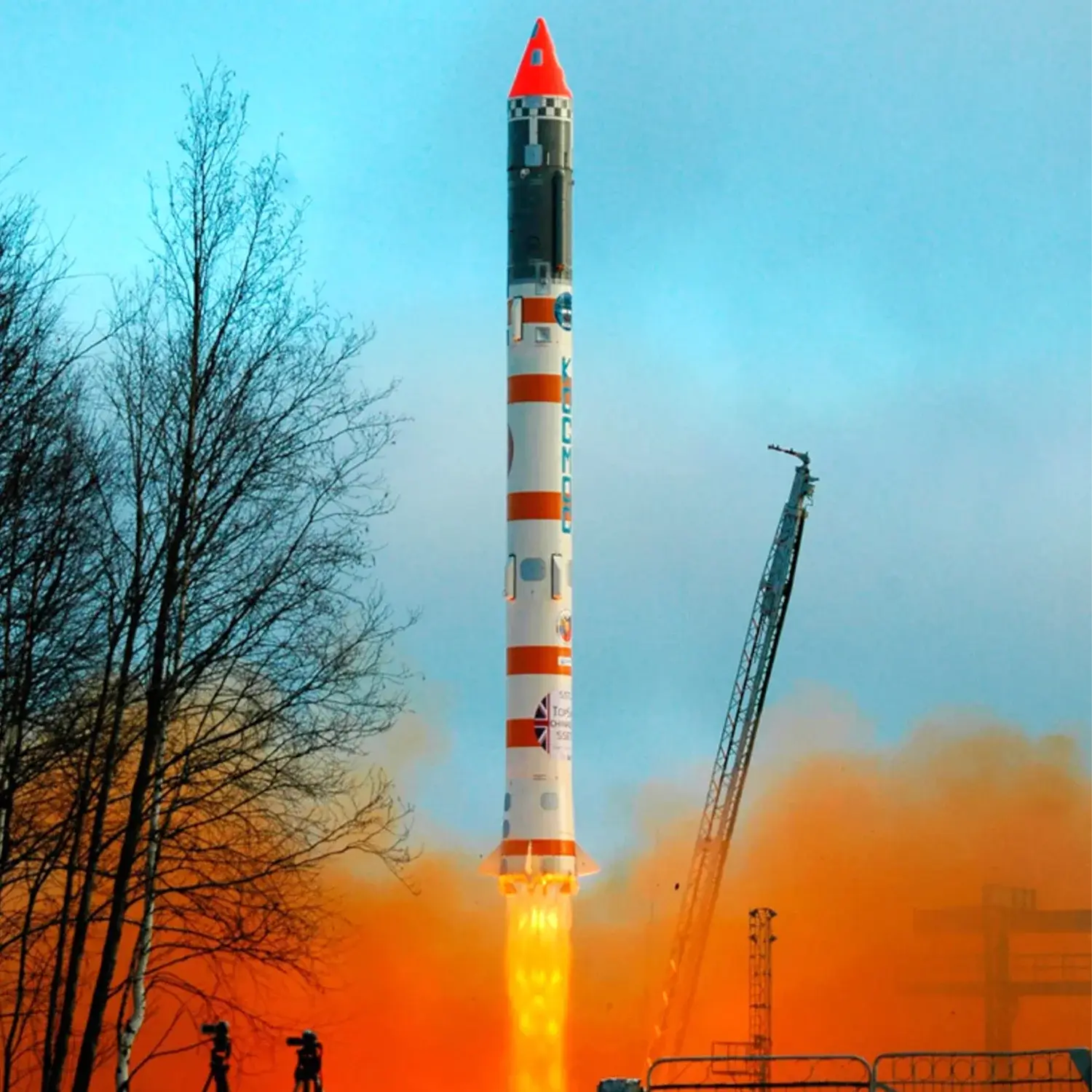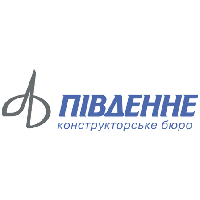Nadiezhda n°9, Tsinghua-1 & SNAP-1
Launch Success
Liftoff Time (GMT)
10:37:42
Wednesday June 28, 2000
Mission Details
Nadiezhda n°9
It's a satellite of the Nadiezhda constellation. Nadezhda was a Soviet civilian satellite navigation system used by the Soviet Merchant Marine and Academy of Sciences, but also by the military, as part of the Tsikada constellation. They featured also a COSPAS search and rescue system. The Nadezhda and Tsikada satellites were very similar to the Parus satellites and also used a NPO PM built pressurized cylindrical bus with gravity-gradient stabilization. The satellites transmitted Doppler-shifted VHF transmissions at around 150 MHz and 400 MHz of their position and orbital characteristics. They operated from a 1000 km orbit with 82.9° inclination. Satellites were placed in planes spaced 45° apart. The development of Tsikada began in 1974 and the first satellite was launched in 1976. The system entered the operational phase in 1978.
Sun-Synchronous Orbit
1 Payload
820 kilograms
Tsinghua-1
Tsinghua-1 or Hangtian Qinghua 1 is the first demonstrator for the Disaster Monitoring Constellation and carries multi-spectral Earth imaging cameras providing 39-meter nadir ground resolution in 3 spectral bands. The Disaster Monitoring Constellation, being led by Surrey for launch in early 2002, will comprise five microsatellites able to provide daily world-wide high resolution imaging for the monitoring and mitigation of natural and man-made disasters. The Chinese Tsinghua-1 satellite will also carry out research in low Earth orbit using digital store-and-forward communications, a digital signal processing (DSP) experiment, a Surrey-built GPS space receiver and a new 3-axis microsatellite attitude control experiment. Tsinghua-1 utilize three reaction wheels to provide full 3-axis agility on a microsatellite platform. Ten engineers and scientists from Tsinghua University have spent 12 months during 1998-99 at the Surrey Space Center - working alongside SSTL engineers on the design, construction and test of the advanced microsatellite.
Sun-Synchronous Orbit
1 Payload
49 kilograms
SNAP-1
SNAP-1 (Surrey Nanosatellite Applications Platform) was designed and built as a research mission by a joint academic-commercial team at the Surrey Space Centre and SSTL - funded entirely by SSTL. The objective of SNAP-1 is to demonstrate in orbit the capabilities of advanced, highly integrated nanosatellites and their use as autonomous robots for observing orbiting space vehicles. In addition to the machine vision payload, SNAP-1 carries a miniature propulsion system, the size of a pencil, using butane. This is currently being used to manoeuvre the nanosatellite to rendezvous with the Chinese Tsinghua 1 microsatellite. Also on-board this tiny spacecraft are other miniature systems: a momentum wheel and magnetorquers for 3-axis attitude control; a GPS receiver for autonomous orbit determination; a 220 MHz 'StrongARM' 1100 on-board computer for housekeeping and high level vision functions; and an S-band communications system.
Sun-Synchronous Orbit
1 Payload
6 kilograms
Launch Site
Stats
Cosmos-3
455th
Mission
1st
Mission of 2000
2000
35th
Orbital launch attempt

